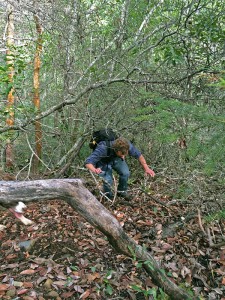
During my annual monitoring visit to one of our lands, I noticed thick brush growing up around the redwood forest. Something would need to be done about it!
California’s drought has brought dry conditions that create an increased chance for wildfires, and with all of this understory (the forest plants that grow among the trees), we could have on our hands a potential hazard — not just for our land, but for our neighbors as well. The dry brush provides fuel for a fire and helps it spread like, well, wildfire! The brush also makes it difficult for the redwood, madrone, oak and other trees to thrive.
So what do we do? First, we go talk with our neighbors, as conditions will be similar on their land. To make our solutions cost-effective, we plan to join forces and together hire a crew to clear out the understory brush. This will create fuel breaks (places where a fire would lack fuel) and will give the forest a chance to flourish. This particular area is extremely steep, which adds further challenges and costliness to removing the brush, and is likely one of the reasons it hasn’t been cleared in many years.
There are a few ways to remove brush: 1) by hand and/or machines; 2) by conducting a prescribed burn; and 3) by grazing, with animals such as goats. In this case, because of the steep terrain and very thick conditions, removing the underbrush by hand and machine will be best.
Being a landowner means knowing that we are keeping these forests protected from threats like development, but it also means we must restore the land and protect it from other dangers, such as large wildfires. Doing our part to actively restore the land is just as important as acquiring the land in the first place. Learn more about our restoration activities and just why they are so important!

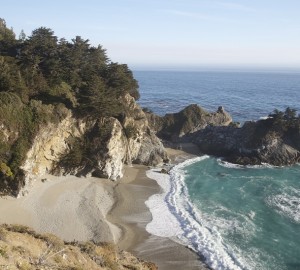

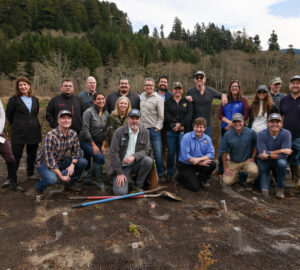
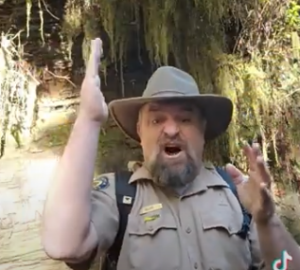
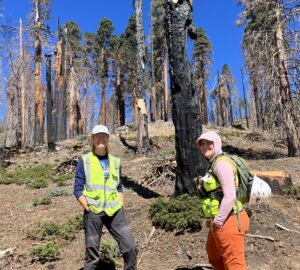
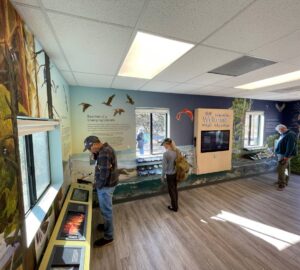
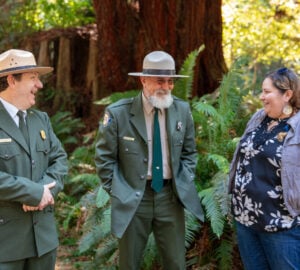
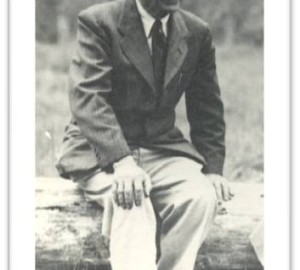

One Response to “Protecting Our Land Through Restoration”
Henry Killingsworth
You made an interesting point when you explained that brush can be removed with a machine. If you have brush that needs to be removed with a machine, it seems like it would be a good idea to allow a professional to handle this for you. A professional will have proper training so they will be able to safely operate excavation machinery.